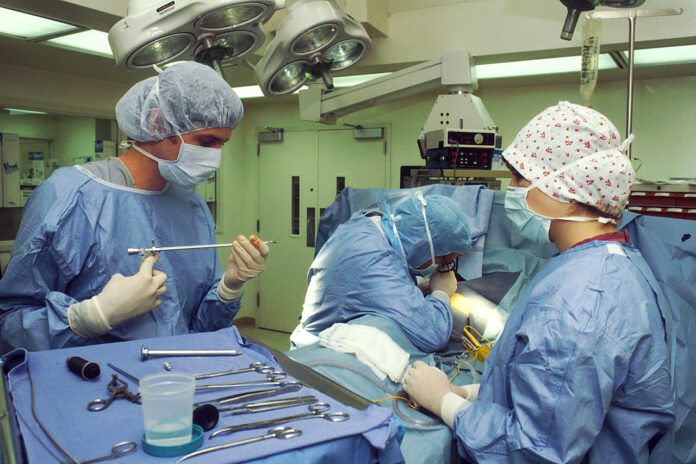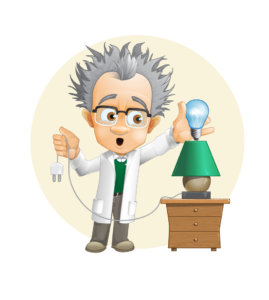Using the wrong lighting can often lead to a waste of energy, lack of aesthetics, or inconvenience. But, sometimes, the wrong lighting can even lead to physical harm.
In a hospital in Portland, Oregon, at least 10 patients suffered burns due to lights that did not have their filters replaced. In September 2013, staff at the Silverton Hospital changed the diffusers in the halogen lights in question, but did not know to change the filters, according to hospital officials. Then, in June 2014, individuals who had been patients at the time began to report strange skin burns. This prompted an investigation.
Ray Willey, director of quality and risk services at Silverton, reported that 2,100 patients underwent surgical procedures in the three operating rooms during the course of the 14 months since the incident. He revealed that everyone might have been at risk for skin burns as a result.
Willey stated that it took several months to pinpoint the cause of the burns. They explored common causes, such as the solutions used in preparation for surgery, surgery dressings that are used following surgery and cautery devices that are used to stop bleeding during a procedure. After it was determined that none of these items were the culprit, a member of the surgical team remembered that work had been done on the lights in the operating rooms.
But what makes halogen lights burn human skin? Halogen lights give off ultraviolet (UV) rays and therefore, must have filters. Without a filter, it’s the equivalent of receiving a sunburn. The filter is usually incorporated into the glass of the light bulb, but certain lights need separate filters.
To ensure that such an incident doesn’t recur, the hospital staff removed the halogen lights and replaced them with LED lamps, which will not cause burns on the patients’ skin since they do not contain UV rays. The operating room staff frequently replaced light bulbs, but did not know about the diffusers or filters. They are now required to notify the engineering department at the hospital or the vendor to perform regular maintenance on the lights. However, now that they are using LED instead of halogen, the patients do not have anything to worry about.
Situations like these prove it’s important to know what you’re doing when you’re updating light fixtures!



